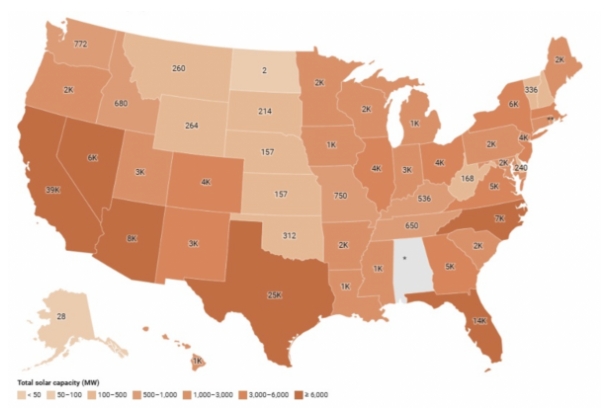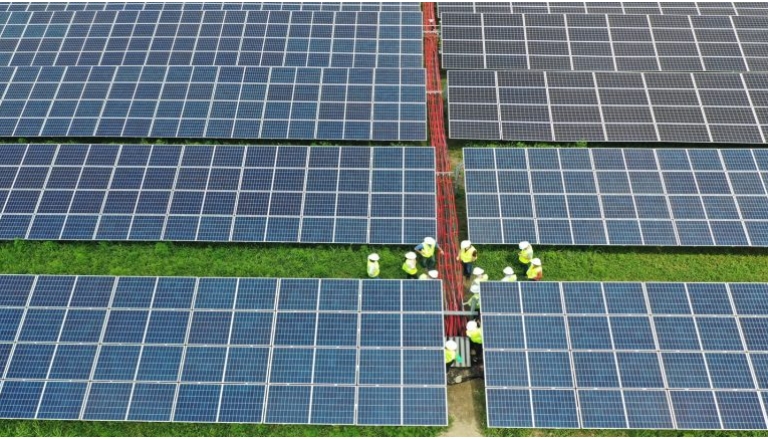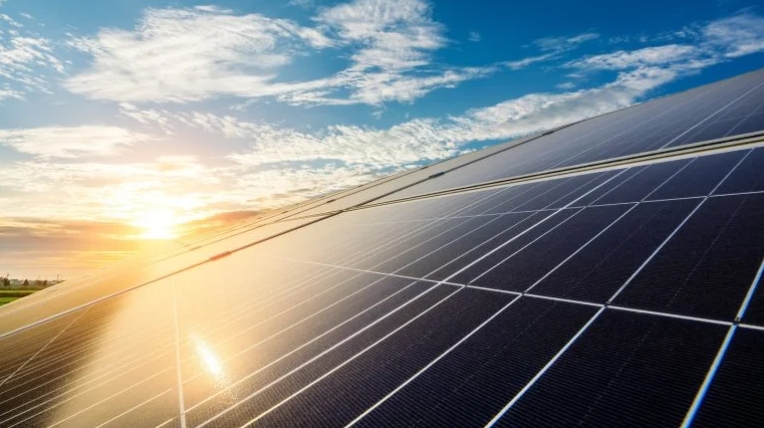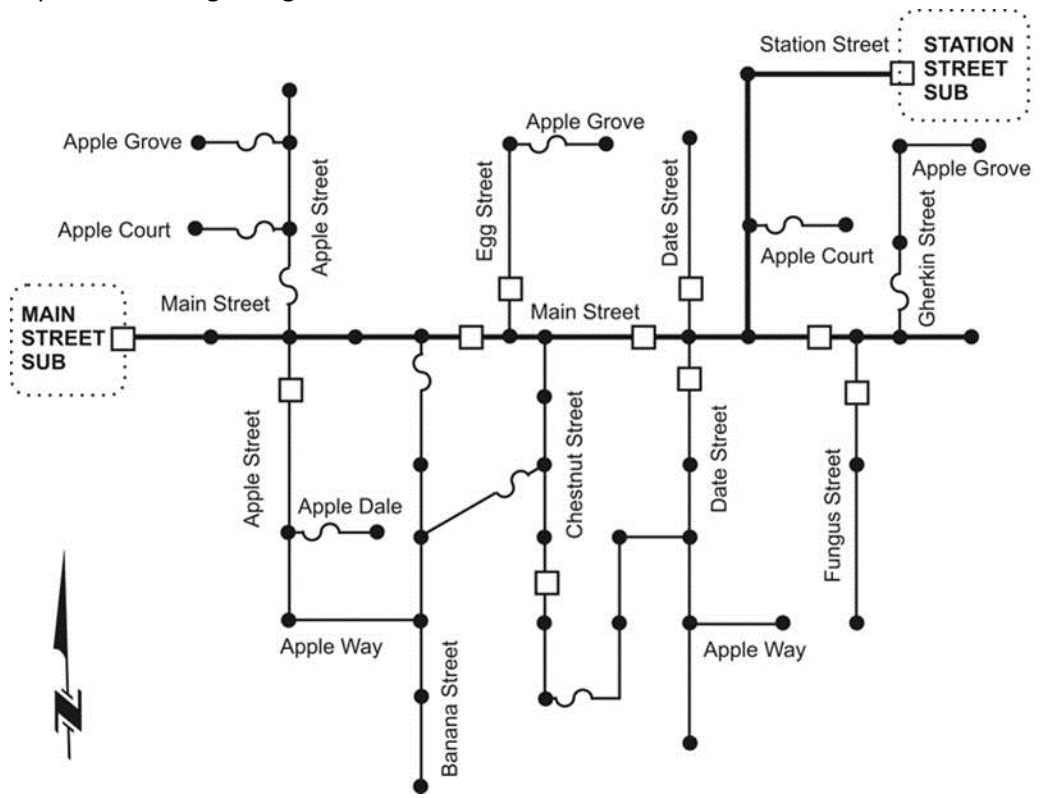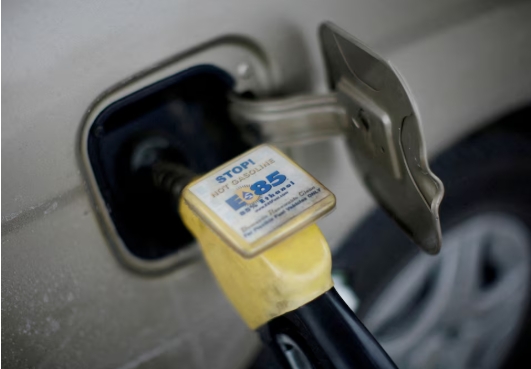
Ethanol fuel is shown being pumped into a vehicle at a gas station selling alternative fuels in the town of Nevada, Iowa, December 6, 2007.
While the coalition’s suggestions target 2026, the EPA is anticipated to release a proposal covering both 2026 and 2027, as previously reported. API declined to comment on specific figures, and the EPA did not respond to requests for clarification.
The proposed 5.25 billion gallons for biomass-based diesel is slightly below the 5.5 billion to 5.75 billion gallon range discussed ahead of the meeting. Historically, petroleum producers and agricultural biofuel manufacturers have competed in the U.S. fuel market. However, recent months have seen collaboration between these groups, encouraged by the White House, to align on policy recommendations and avoid disputes similar to those seen during the previous administration.
The API-led coalition’s proposal aligns with a separate recommendation from Clean Fuels Alliance America—a biodiesel trade group—and agricultural stakeholders. In a March letter to EPA Administrator Michael Regan, the coalition argued that prior mandates “failed to adequately support the growth of the advanced biofuel industry” and “did not sufficiently reflect market potential.”
For 2025, the EPA finalized a biomass-based diesel mandate of 3.35 billion gallons. Under the Renewable Fuel Standard (RFS), U.S. refiners must blend specified volumes of biofuels into the national fuel supply or purchase credits from compliant parties. The RFS aims to reduce emissions and boost renewable energy use, though debates persist over implementation and sector impacts.
The latest recommendations highlight ongoing efforts to balance industry growth with regulatory feasibility. Stakeholders await the EPA’s formal proposal, which will shape biofuel policy for the coming years.
